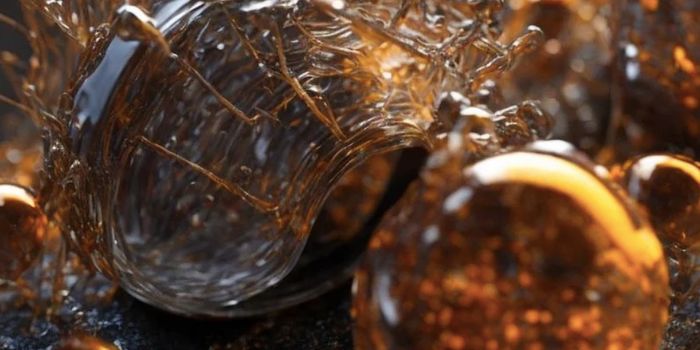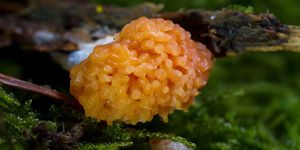Researchers Find Strange 'Borg' DNA - It's Assimilating
Our environment is full of DNA molecules. While researchers have become concerned about DNA waste material that's actually beginning to be a source of pollution, there are plenty of natural sources of DNA too. The world is full of many types of microbes, and they can easily release DNA into their extracellular environment, as well as pick that material up from their habitat; that's actually a common mechanism in microbial evolution.
Now scientists investigating muddy locations in the western US have found unusual DNA structures they have called 'Borg' DNA for their ability to acquire and assimilate new genes from microbes, specifically archaea species, around them. (The name comes from the Borg aliens of Star Trek that assimilate other species). The Borg DNA is like other extrachromosomal elements (ECEs), like circular plasmids, that are part of a diverse group of genetic material that can be hosted, shared, and expressed by microbes.
These Borg DNA molecules are linear, and encode for proteins that are only hypothetical at this point - we don't know if the genes on these molecules are expressed. The study authors also noted that these DNA molecules are from 600,000 to about 1 million DNA base pairs long, making them huge compared to other microbial chromosomes. We don't yet know how they evolved.
The study reporting this DNA is on bioRxiv, and has not yet been peer-reviewed.
Borgs are so large that they compose up to a third of the length of the primary chromosome in the microbes hosting them, said senior study author and geomicrobiologist Jill Banfield, of the University of California, Berkeley.
The Borg DNA seems to be linked to archaea, single-celled microbes that occupy a different tree of life than bacteria. This study has connected the Borg DNA to Methanoperedens, which consume and destroy methane. The researchers suggested the genes on the Borg DNA are involved somehow.
While archaea are extremely interesting from a scientific perspective, they are difficult to study because they can be very tough to grow in the laboratory, including Methanoperedens, which hasn't been cultured yet. Any hypothesis about how the Borg DNA are involved in methane degradation is based only on genetic sequence data.
There are 19 different types of Borg DNA that were found at sites in Colorado and California. It will be critical to grow them in a lab before conclusions can be drawn about them.
“What are they? It’s an interesting question that demands to be answered," W. Ford Doolittle, an evolutionary biologist at Dalhousie University who was not involved with the work commented to Science.









